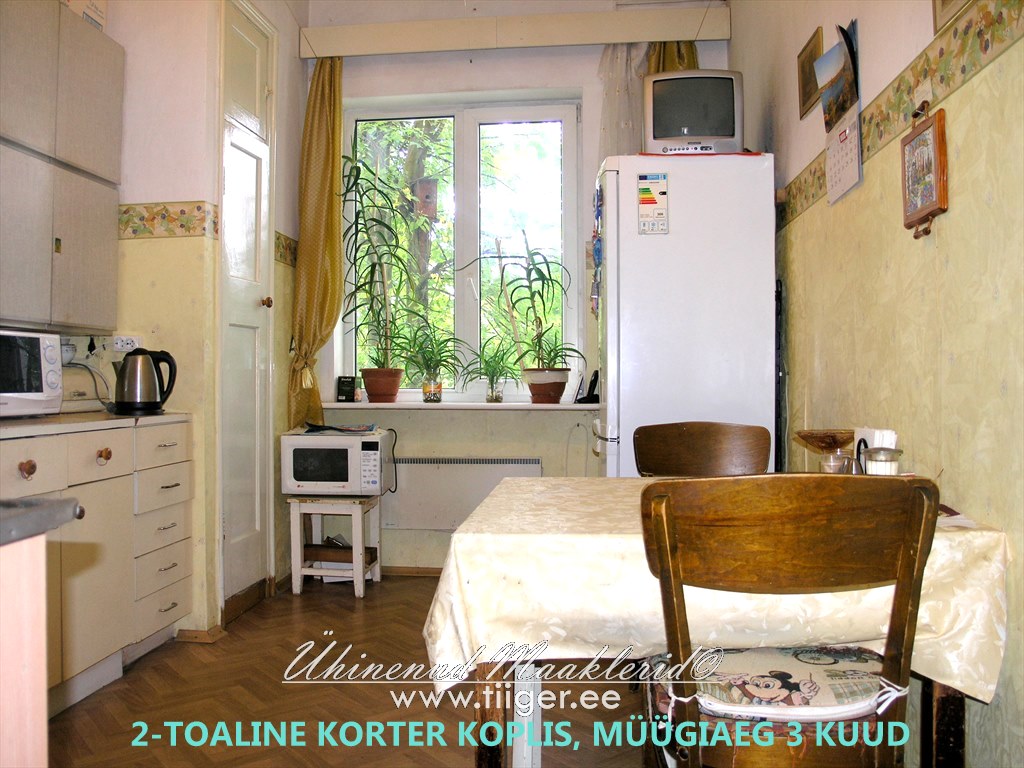SHEARER CRIME AND SOCIAL DISORDER IN STALING RUSSIA A reassessment of the Great Retreat and the origins of mass repression* In February 1995, the State Archive of the Russian Federation, GARF, declassified the bulk of materials contained in the files of the RKM (Raboche-Kresťianskaia Militsiia). This is a rich fund of stenographic records, operational reports, depositions and interrogations of criminals, correspondence, memoranda, and other materials on crime and the Soviet Union's police apparatus. Materials in this fund date from the middle 1920's through the early 1950's, but many of the files cover the 1930's. These materials provide a remarkable source for social history. They, along with archives of the Soviet judiciary, Sovnarkom (the Council of People's Commissars), the Communist Party, and other organizations tell us much about the Soviet state's attempt to police Soviet society and to create a particular kind of social order. This material sheds new light on at least two particularly long-standing interpretive issues of the 1930's: 1) the thesis of the so-called Great Retreat, and 2) the origins of the mass terror of the late 1930's. Mac os x el capitan.


The Great Retreat thesis has undergone various incarnations since Nicholas Timasheff's original claim in 1946 that the communist revolution in Russia had suffered an irrevocable reversal under Stalin.1 Despite its many variations, we have come to associate the thesis with the middle years of the 1930's, which supposedly constituted a period of social stabilization, political moderation, and a turn away from revolutionary ideology and action toward authoritarian conservatism. According to this thesis, the years 1934 through 1936 marked a hiatus between the violent, state-initiated upheavals of the early and latter part of the decade. Declaring the initial phases of socialist construction successful, the ruling Communist Party of the Soviet Union shifted priorities in 1934 for the second of its five-year economic development plans. Party officials moderated the all-out drive for industrial construction that had characterized the first five-year plan period and gave attention to some of the pressing needs of consumption. In the social and political sphere, the party mitigated the socialist offensive against its perceived class enemies. Although highly circumscribed, private forms of trade were once again allowed, and the party and police relaxed to some degree the harsh land collectivization campaigns of the early 1930's. Overall, the level of administrative, or extra-judicial repression subsided, and officials even rescinded many of the sentences of exile and prison against peasant enemies of the regime, the so-called kulak class.2 Cahiers du Monde russe, 39(1-2), janvier-juin 1998, pp.
Mar 5, 2017 - State Actors of Protection in the Russian Federation and vulnerable. Sluzhba po Kontrolyu za Oborotom Narkotikov /. Besplatnie ramki dlya foto bez registracii 1. (105)Pravo.gov.ru, Criminal Procedure Code of the Russian. The index measures the current state of democracy and market.